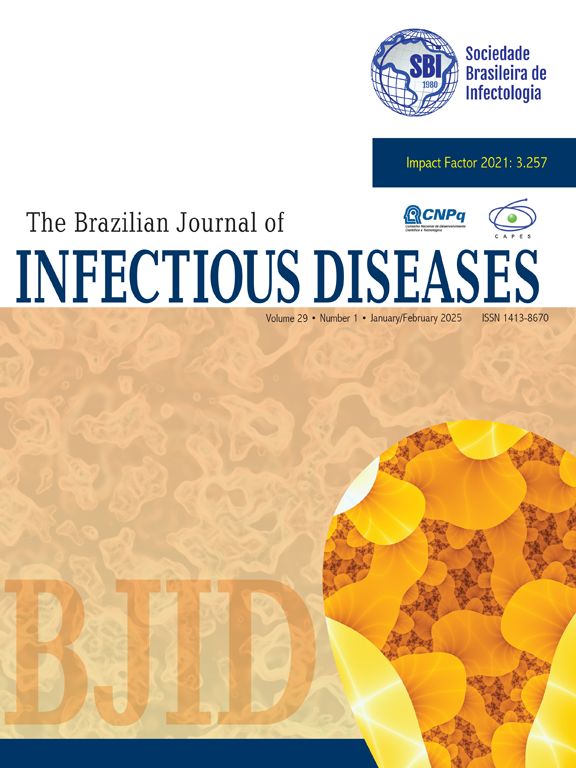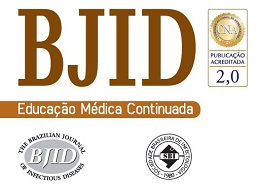In a study of university students, the percentage nasal carriage of Staphylococcus aureus was 40.8% (102/250). Of the isolates, MIC50 of methicillin was 0.5 μg/mL and MIC90 was 1 μg/mL. Six (5.8%) isolates were methicillin-resistant and carried the mecA gene. These results suggest that community-associated methicillin-resistant S. aureus may be spreading in Brazil.
The Impact Factor measures the average number of citations received in a particular year by papers published in the journal during the two preceding years.
© Clarivate Analytics, Journal Citation Reports 2025
SRJ is a prestige metric based on the idea that not all citations are the same. SJR uses a similar algorithm as the Google page rank; it provides a quantitative and qualitative measure of the journal's impact.
See moreSNIP measures contextual citation impact by wighting citations based on the total number of citations in a subject field.
See more




